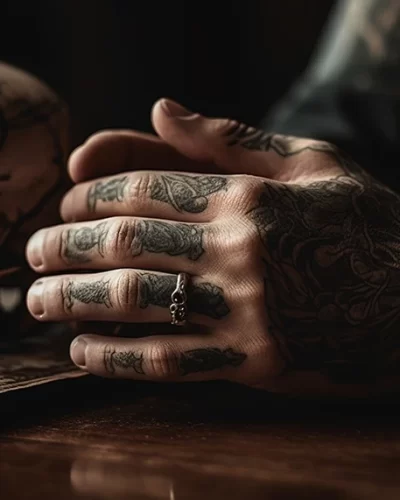The Origin of the Word: From “Tatau” to “Tattoo”
Tattooing is an ancient tradition as old as human history itself. Although it has been known by various names across different regions, the term “tattoo” is now the most widely used worldwide. But where does this word come from, and how did it become a universal term?
The word “tattoo” entered the Western world in the 18th century, borrowed from Polynesian languages. In Polynesia, tattooing had been a deeply rooted tradition for centuries, and the locals referred to this art as “tatau.” This word originated as an onomatopoeic term, mimicking the sound produced during the tattooing process.
In 1769, the famous British navigator and explorer James Cook encountered this art during his explorations in Tahiti and New Zealand. He recorded the word as “tattoo” in his journal, and over time, it spread into Western languages, evolving into its modern form.
The Globalization of the Word “Tattoo”
Throughout history, tattooing has been known by different names in different cultures, such as:
“Irezumi” in Japan
“Pe’a” in Samoa
“Moko” among the Māori people of New Zealand
“Stigma” in Ancient Rome
However, as tattooing became increasingly popular worldwide during the 19th and 20th centuries, the dominance of the English language helped solidify “tattoo” as the standard term. Western sailors and soldiers played a crucial role in spreading this art across continents, further cementing the word’s global usage.
“Tattoo” in Modern Tattoo Culture
Today, tattoo artists and studios around the world refer to themselves as “tattoo artists” and “tattoo studios,” regardless of their native language. Tattoo machines, ink brands, and international tattoo conventions have all contributed to making “tattoo” the universal term for this art form.
In short, the word “tattoo” has become the global name for tattooing due to its historical roots and widespread influence. No matter where a tattoo artist travels, they can communicate their craft using the word “tattoo,” proving that tattooing is not just an art form but also a universal language.

